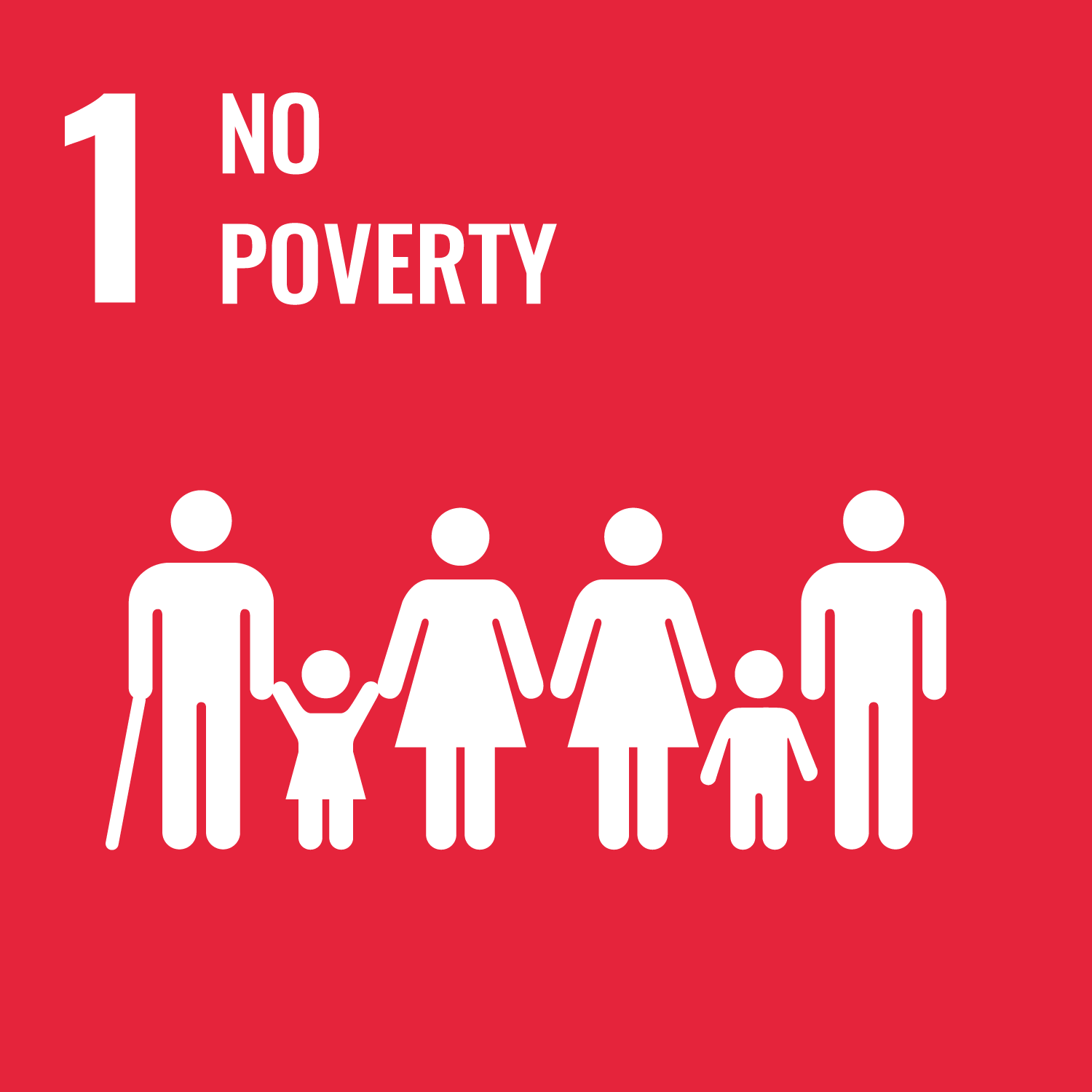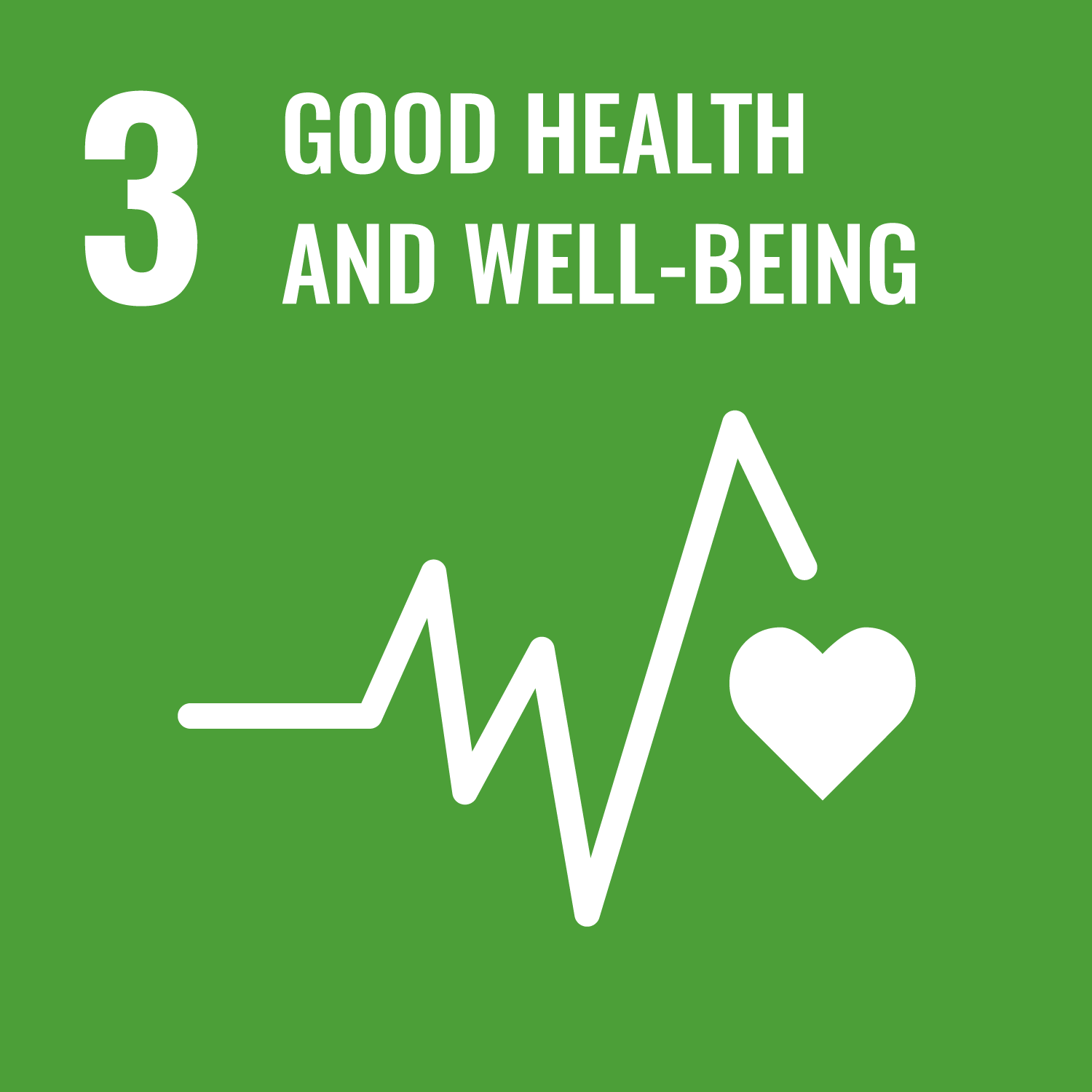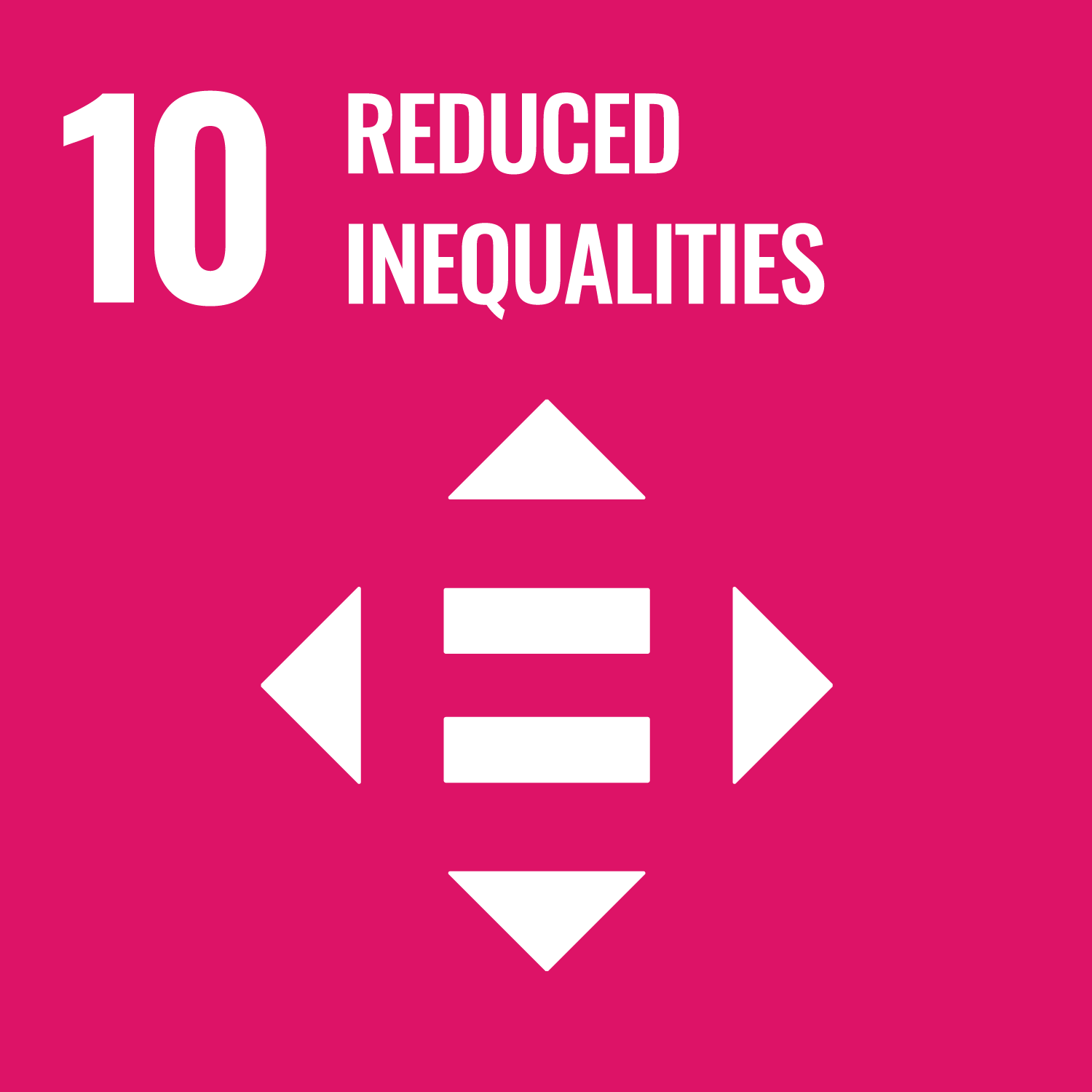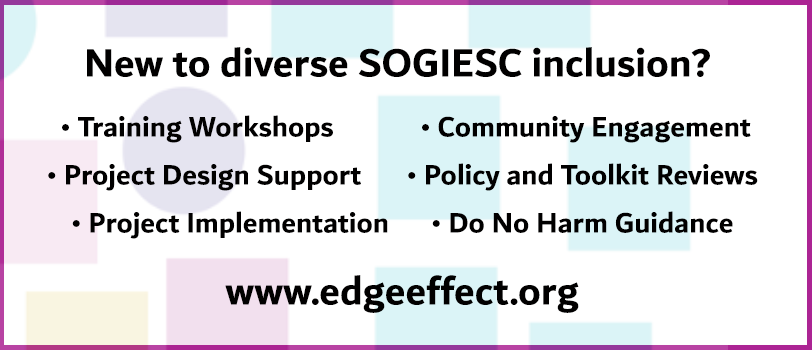Many people with diverse SOGIESC had pressing social protection needs prior to the COVID-19 crisis, borne of multi-layered discrimination and systemic marginalization within families, communities, schools, service providers and societies. There is reliable evidence that the COVID-19 crisis has exacerbated these issues and the needs of people with diverse SOGIESC across the health, economic and social realms (Edge Effect 2020; Outright 2020; UN OCHA 2020). For example, discrimination in education and employment often leads people with diverse SOGIESC to work within informal sectors that have been deeply impacted by COVID-19 movement restrictions. These same conditions often lead to a lack of savings, meaning loss of income has an immediate impact. This may impact ability to pay rent, and force people with diverse SOGIESC back into family homes where they previously experienced discrimination and may be at increased risk of gender based violence. Previous experiences of discrimination may lead people with diverse SOGIESC to delay or avoid treatment at health facilities. Living in crowded areas with poor access to water and sanitation facilities may make following health guidelines near to impossible. Societal discrimination may also lead to exclusion from informal safety nets – such as those provided by birth families and local communities – that are available to support other people.
SOCIAL PROTECTION AND CASH BASED ASSISTANCE
In addressing the capacity of social protection and cash based assistance programs to address those issues, it is essential to consider how well some governments and the humanitarian and development sectors address broader issues facing people with diverse SOGIESC. Unfortunately, the track record is often poor: in sixty-nine countries aspects of diverse SOGIESC lives remain criminalised, in many others there is a lack of specific anti-discrimination provisions and enabling laws (e.g. for identity marker changes), and over-policing of other laws. Even when people with diverse SOGIESC are formally included, policy and practice often falls far short. People with diverse SOGIESC are often invisible in UN and non-government organisation programs. Previous reports have demonstrated large gaps in inclusion frameworks, planning within humanitarian responses, low-levels of funding, little or no training for staff or adaptation of tools, and limited partnerships with diverse SOGIESC CSOs (e.g. Edge Effect 2021). Edge Effect’s Diverse SOGIESC Continuum, explored in the full report, provides aid organisations with a means of assessing levels of diverse SOGIESC inclusion across their programs and internal operations. It encourages a norms-based approach, to focus attention on underlying causes of exclusion of people with diverse SOGIESC in aid programs.
The overwhelming majority of social protection and cash-based assistance documents reviewed offer little or no substantive guidance on working with people with diverse SOGIESC. Similarly, most reports on the economic impact of COVID-19 have little or nothing to say on diversity of SOGIESC, even those focusing on gender or social inclusion. There is little research to support core design decisions, for example on targeting/selection or modality for cash based assistance. Yet these are crucial issues, with lack of identification documents, family ostracisation, lack of bank accounts or mobile phones leading to indirect discrimination as people struggle to access society-wide schemes. Nor is there research on how cash based assistance may intersect with gender based violence prevention and other programs for people with diverse SOGIEC.Some guidance documents at least mention diversity of SOGIESC, advising ‘engagement’ or noting the existence of households not based on heterosexual relationships. But too often that is where the guidance stops, not addressing how to ‘engage’ or what to do with any resulting insights, nor what it means to ‘consider’ non-normative households. Better policy and practice guidance examples included actionable lists of recommendations, highlighted issues for people with diverse SOGIESC across thematic areas including gender based violence, food security, education and vaccine access, or included guidance on complementary programming to address structural inequalities that limit the effectiveness of cash-only programming.
People with diverse SOGIE said programs which add financial capability support or training and job-seeking support were important. However these should be voluntary, as conditional programs that require cash recipients to work or undertake activities could put them at risk in some societies.
Reviews of funding and programming trackers by Edge Effect and by the Global Philanthropy Project found little evidence of funding being directed to meet needs of people with diverse SOGIESC. As well as increasing targeted funding, donors need to make their commitment to diverse SOGIE inclusion clearer. One INGO staff member noted: “[W]hen we submit donor proposals around cash and protection … we end up scrubbing the proposal to be political.” Another said that it does not report SOGIESC data as the donor template does not require it.
The report also addresses risks in the emerging use of digital systems and algorithms. These systems have the potential to hide discriminatory norms in black boxes of code, or to allow tracking of people with diverse SOGIESC through databases, or to ‘out’ people through use of biometrics such as facial recognition.
The silver lining is that the COVID-19 crisis provides an opportunity to model diverse SOGIESC inclusion within government and aid sector programs: to build awareness of diverse SOGIESC issues, to establish new partnerships, and to establish new expectations.
